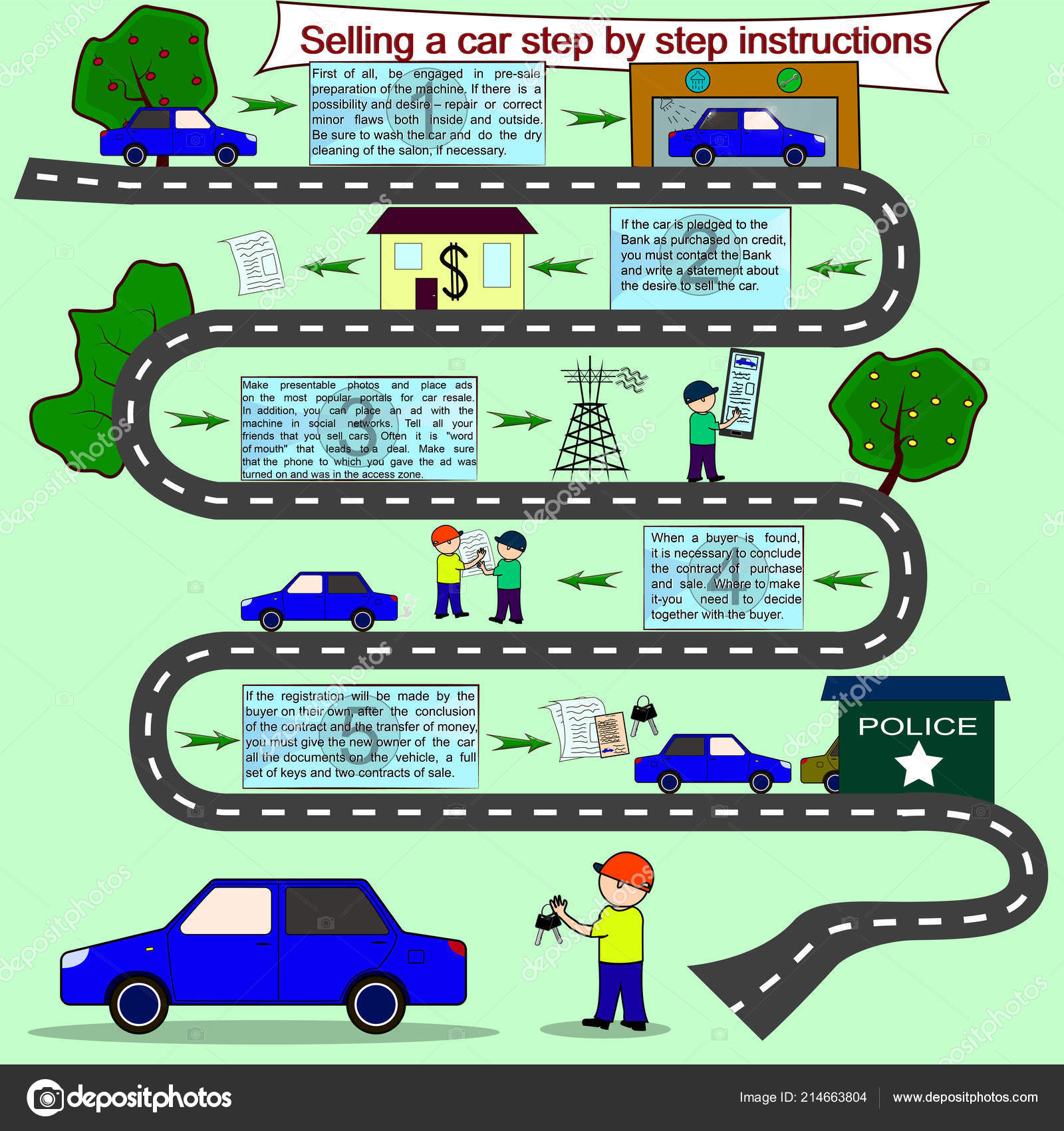Eager To Know What The Dashboard Caution Lights In Your Auto Indicate? Explore Their Significances For The Well-Being And Safety And Security Of Your Vehicle
Eager To Know What The Dashboard Caution Lights In Your Auto Indicate? Explore Their Significances For The Well-Being And Safety And Security Of Your Vehicle
Blog Article
Short Article Author-Lim Alvarado
When you're behind the wheel, those beautiful warning lights on your dashboard can be a bit bewildering. Do you understand what they're attempting to tell you about your auto's wellness? Recognizing the importance of these lights is vital for your safety and security and the durability of your automobile. So, the following time among those lights pops up, would not you want to decipher its message accurately and take the essential actions to address it?
Common Caution Lighting and Interpretations
Identify typical warning lights in your vehicle and understand their definitions to make certain secure driving.
The most regular warning lights consist of the check engine light, which indicates problems with the engine or discharges system. If this light begins, it's important to have your automobile checked promptly.
The oil stress cautioning light suggests low oil stress, calling for immediate focus to avoid engine damage.
A flashing battery light could suggest a faulty charging system, potentially leaving you stranded otherwise addressed.
The tire stress tracking system (TPMS) light notifies you to reduced tire stress, affecting vehicle stability and fuel effectiveness. Neglecting this could result in dangerous driving problems.
The abdominal light indicates an issue with the anti-lock braking system, compromising your ability to stop swiftly in emergency situations.
Finally, the coolant temperature level warning light warns of engine getting too hot, which can result in serious damages otherwise resolved quickly.
Recognizing these common caution lights will certainly aid you address concerns immediately and keep risk-free driving problems.
Value of Prompt Interest
Comprehending the usual caution lights in your cars and truck is only the primary step; the significance of immediately resolving these cautions can't be highlighted enough to ensure your security on the road.
When a warning light brightens on your control panel, it's your cars and truck's means of interacting a possible concern that requires focus. Overlooking carwashauckland can cause extra severe troubles later on, endangering your security and potentially costing you extra out of commission.
carinteriorcleaningnz to alerting lights can stop malfunctions and mishaps. For example, a flashing check engine light might indicate a misfire that, if left unattended, might trigger damages to the catalytic converter. Resolving this promptly can save you from an expensive repair service.
In a similar way, a brake system cautioning light may signal low brake fluid or worn brake pads, crucial elements for your security when driving.
Do It Yourself Troubleshooting Tips
If you see a warning light on your dashboard, there are a few do it yourself troubleshooting ideas you can attempt before seeking professional help.
The primary step is to consult your vehicle's guidebook to recognize what the certain caution light shows. Occasionally the problem can be as simple as a loosened gas cap activating the check engine light. Tightening up the gas cap might solve the trouble.
An additional typical concern is a low battery, which can trigger numerous alerting lights. Checking the battery connections for corrosion and guaranteeing they're safe and secure may repair the trouble.
If a caution light continues, you can attempt resetting it by separating the automobile's battery for a couple of mins and afterwards reconnecting it. Furthermore, checking your car's liquid degrees, such as oil, coolant, and brake fluid, can help troubleshoot cautioning lights connected to these systems.
Conclusion
To conclude, recognizing your vehicle's caution lights is important for keeping your lorry running efficiently and safely. By without delay dealing with these informs and recognizing what they suggest, you can prevent expensive repair work and potential breakdowns.
Remember to consult your car's handbook for certain information on each cautioning light and take action accordingly to make sure a hassle-free driving experience.
Remain informed, stay risk-free on the road!
